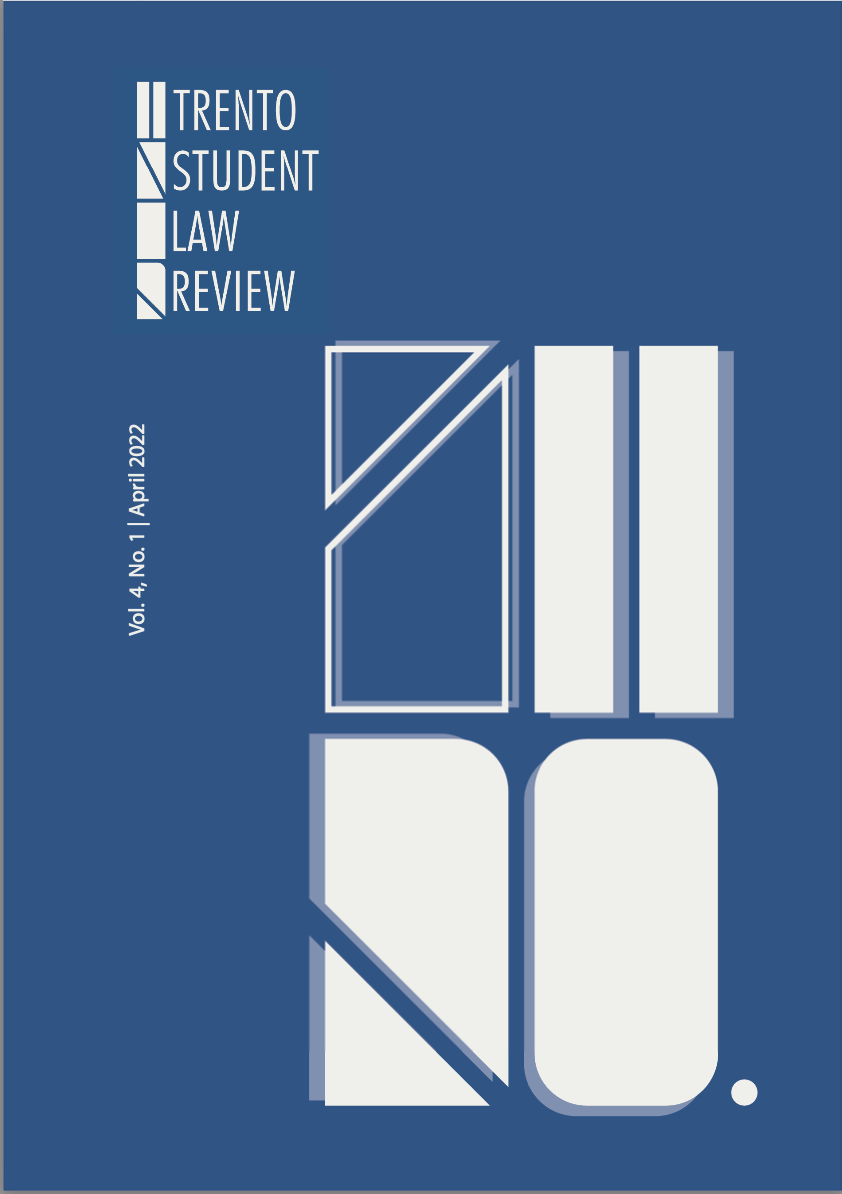Justice Breyer’s principled pragmatism and Kagan’s new living constitutionalism and lite textualism
DOI:
https://doi.org/10.15168/tslr.v4i1.2075Parole chiave:
Jurisprudence, constitutional law, statutory interpretation, Breyer, KaganAbstract
This article is a comparative study of United States Supreme Court Justice Breyer and Kagan's methods of judicial interpretation. By juxtaposing and comparing the justices' jurisprudence, this article aspires to clarify their methods and raise questions for further analysis. This article posits that the core of Breyer's interpretative methods is pragmatism. However, Breyer does account for values and purposes. Thus, he is a "principled pragmatist" for both constitutional and statutory interpretation. On the other hand, Kagan exercises a "new" living constitutionalism in her constitutional interpretation but interprets statutes as a "lite" textualist. Paragraph 1 introduces the article. Then, Paragraph 2 studies what Breyer and Kagan claim to be. Next, Paragraph 3 interrogates Breyer and Kagan's judicial methods in practice. Finally, based on the justices' methods, Paragraph 4 provides theories on what Breyer and Kagan may focus on in Dobbs v. Jackson Women's Health Organization, involving one of the United States' most contentious contemporary debates about abortion.
##submission.downloads##
Pubblicato
Versioni
- 27.05.2022 (2)
- 30.04.2022 (1)
Come citare
Fascicolo
Sezione
Licenza
Copyright (c) 2022 Rachel Rein

Questo lavoro è fornito con la licenza Creative Commons Attribuzione - Non commerciale - Condividi allo stesso modo 4.0 Internazionale.
Il diritto d'autore sui testi pubblicati nella Trento Student Law Review resta in capo ai rispettivi titolari. La rivista consente agli autori di mantenere i pieni diritti di pubblicazione.
La Trento Student Law Review è distribuita con una licenza Creative Commons Attribuzione - Non commerciale - Condividi allo stesso modo 4.0 Internazionale (CC BY-NC-SA 4.0).





